Sol Preto, 2018
Fundação Iberê Camargo, Porto Alegre

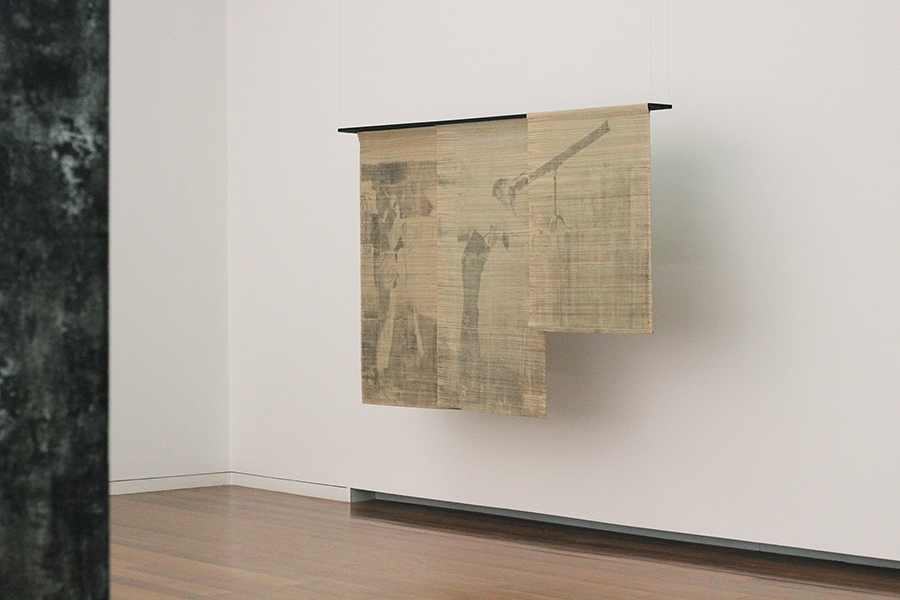


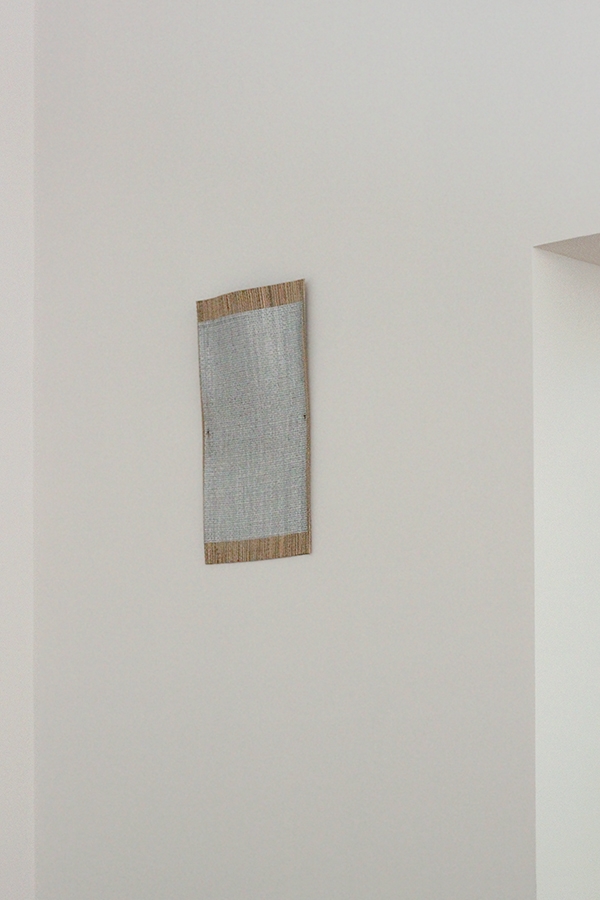
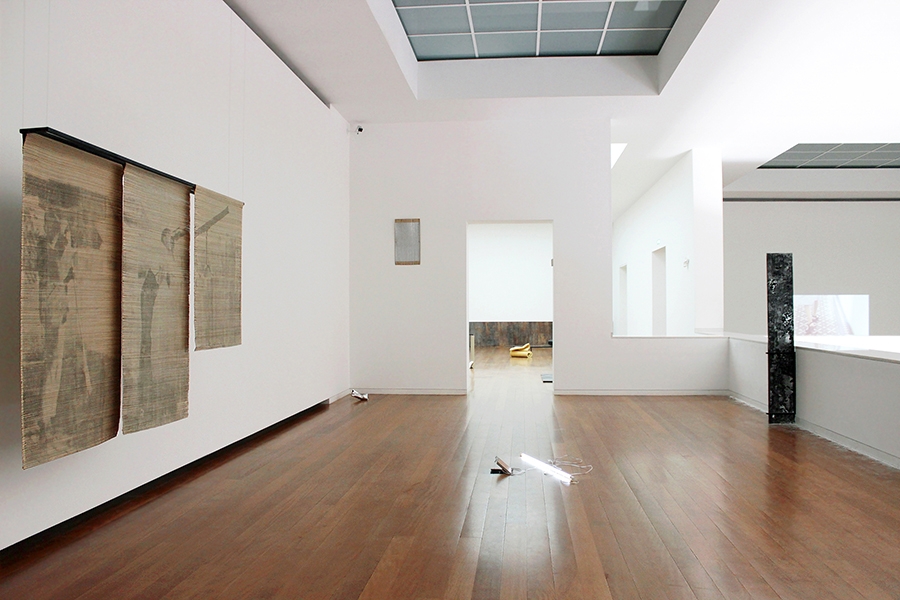
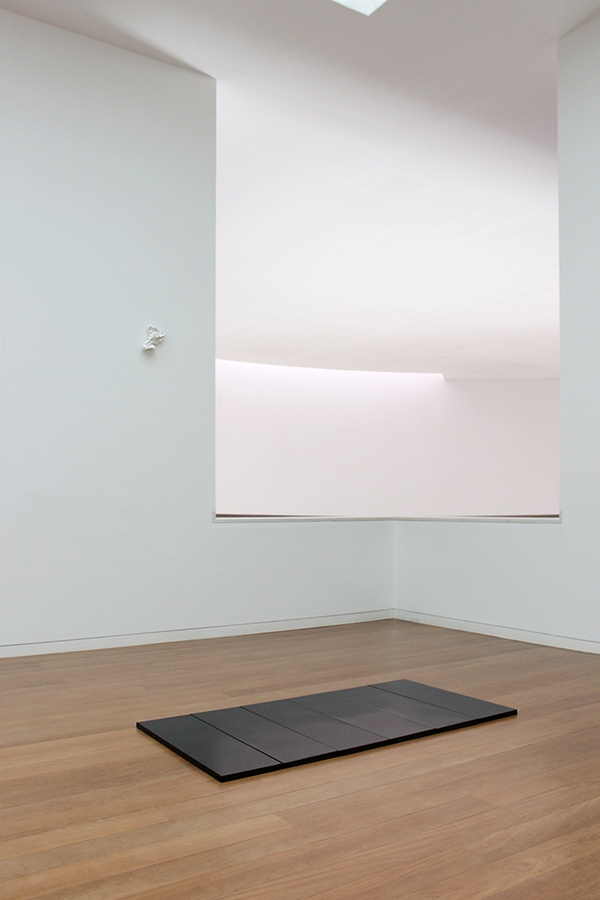

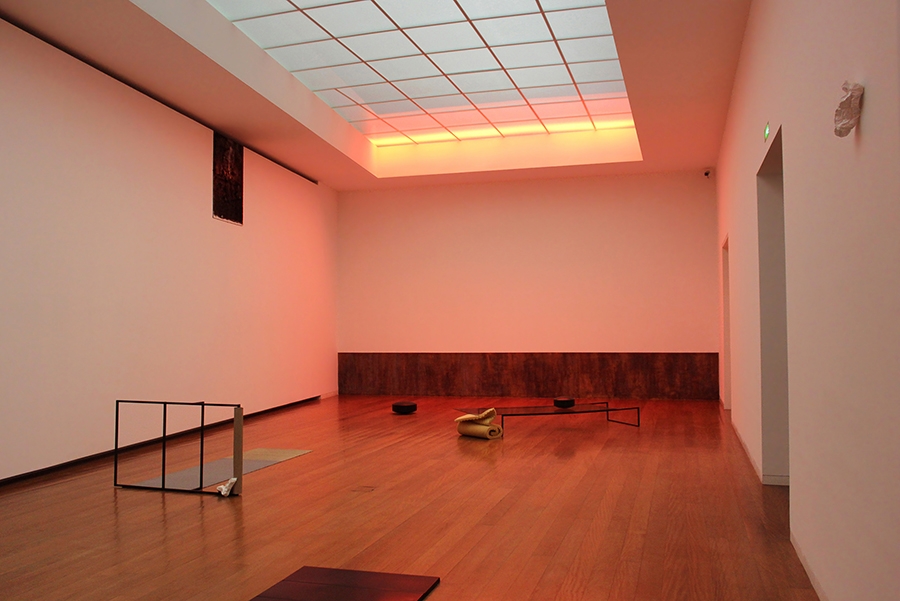
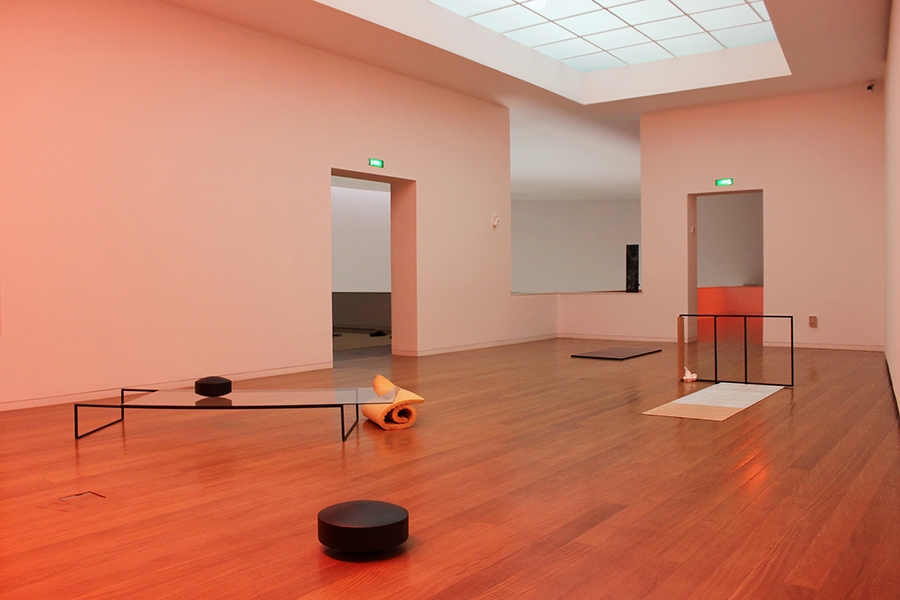
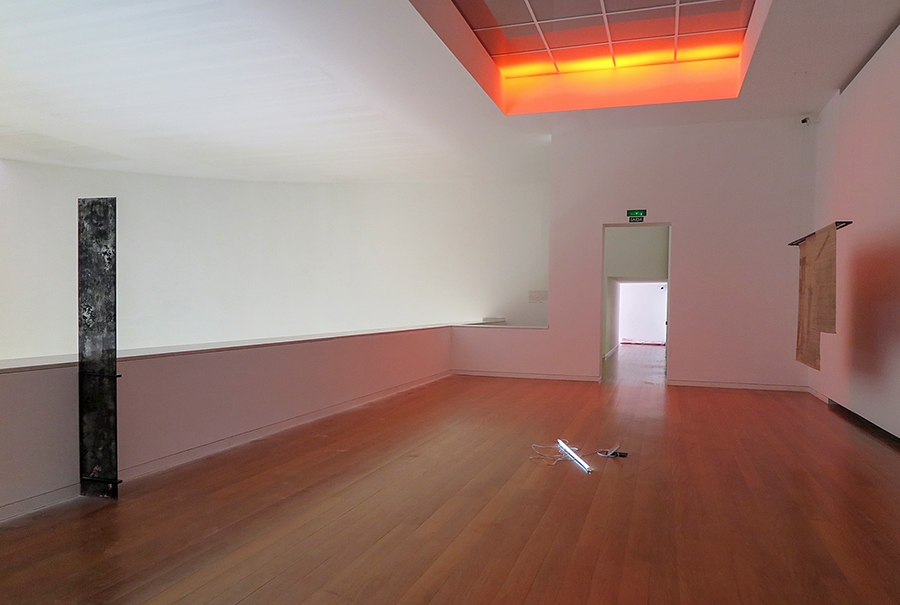
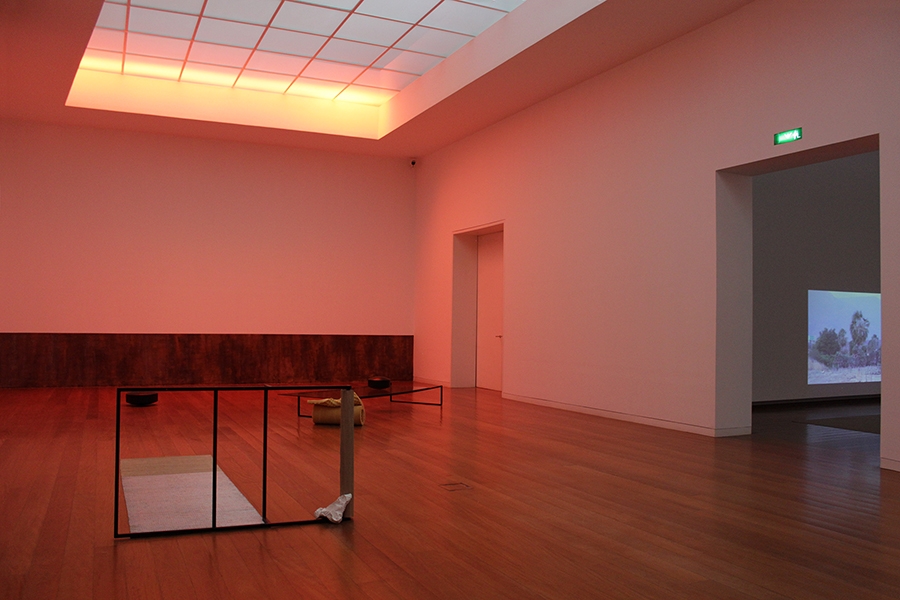

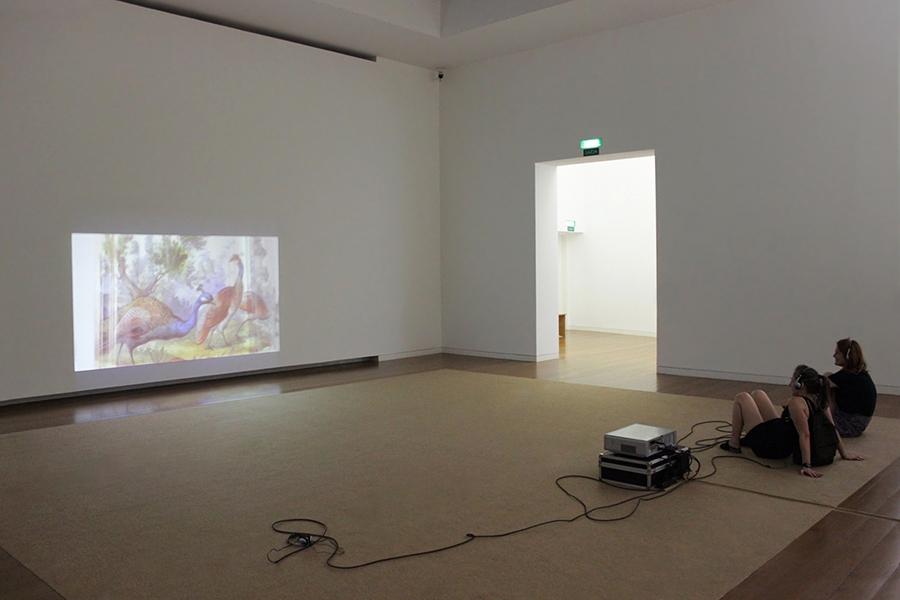
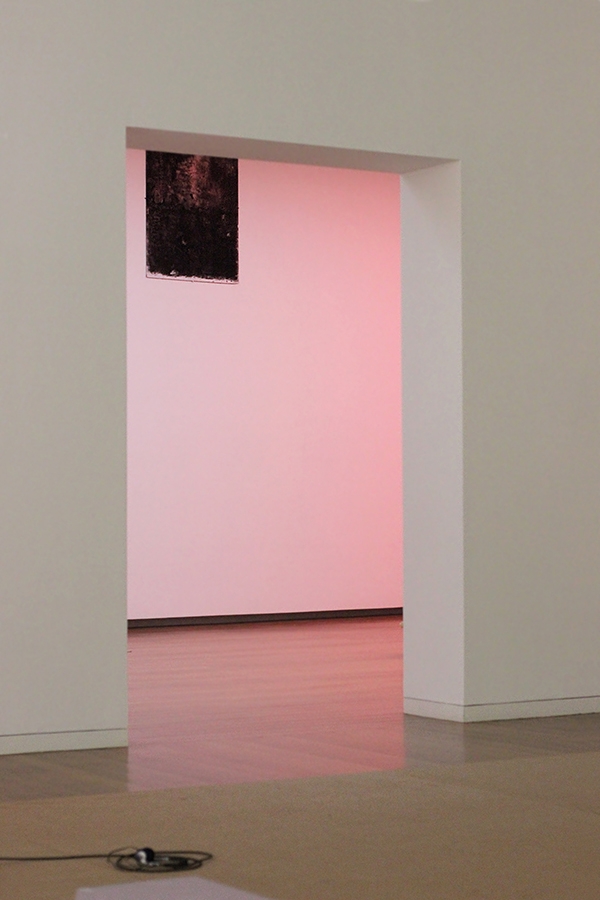
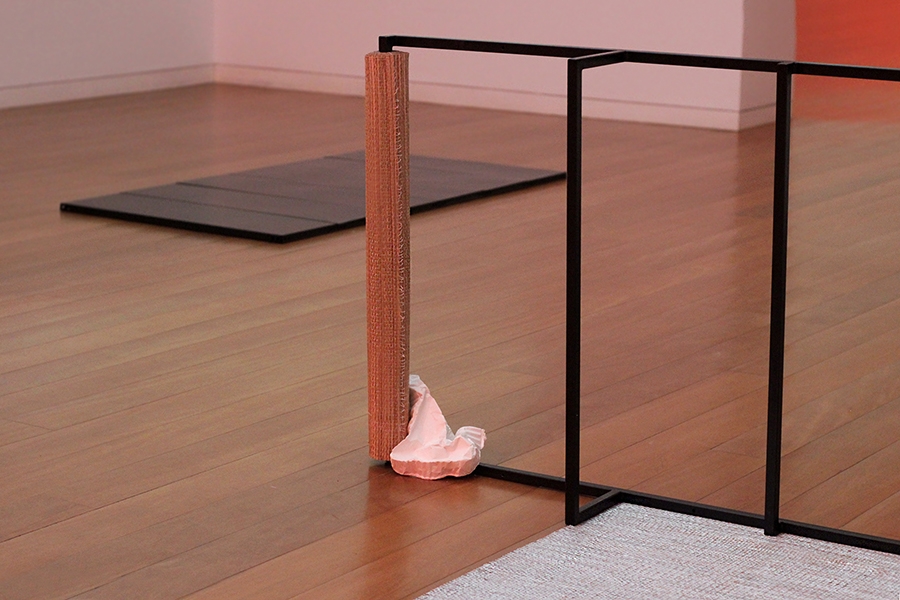
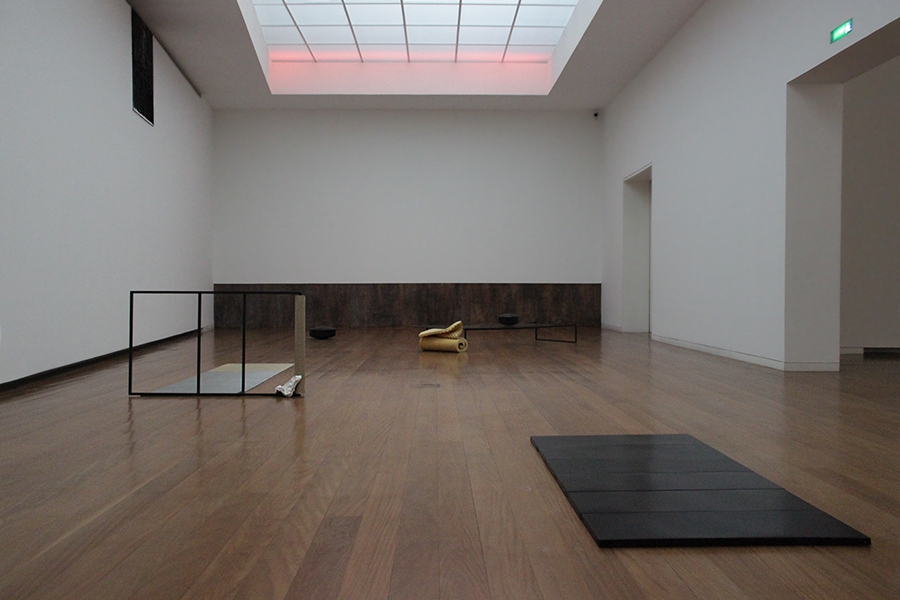
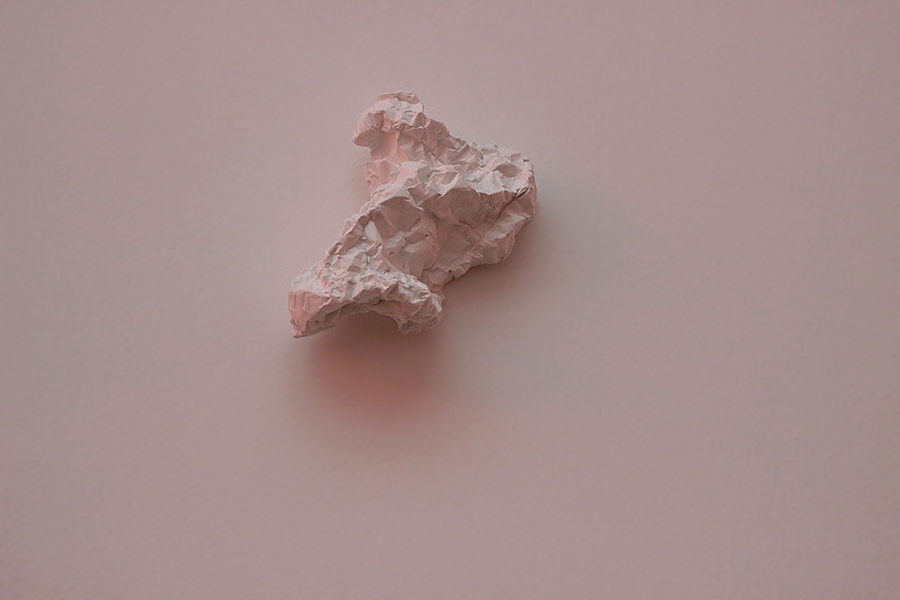
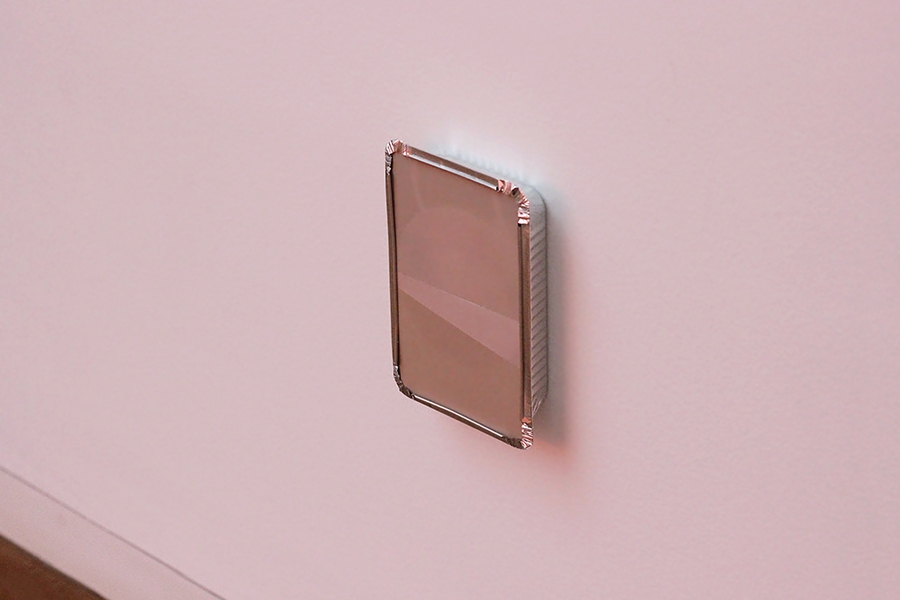

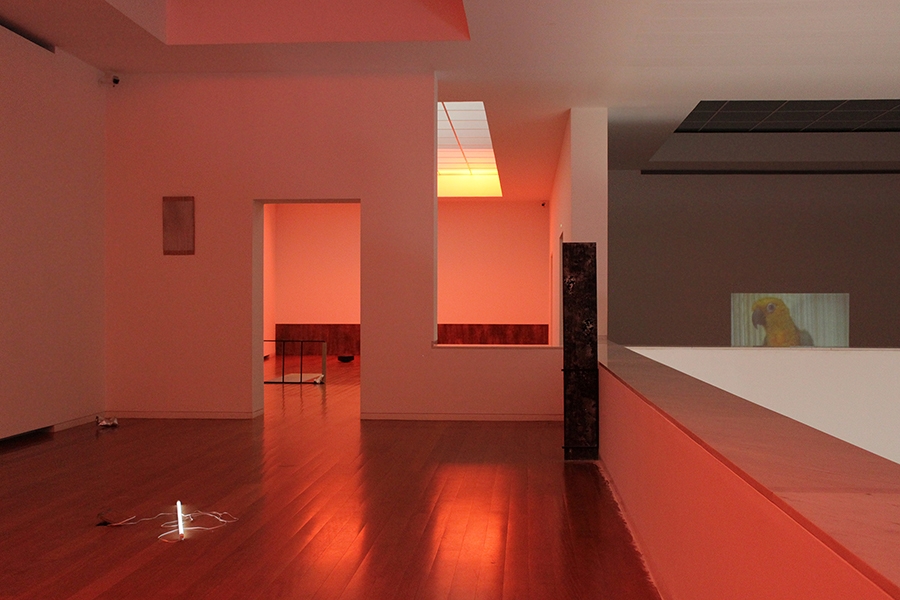
Instalação: vidro, pó de carvão, espuma acústica, pó de toner, gesso, ferro, alumínio, MDF, esteira de palha, litogravura, tinta offset, terra, cola PVA, giz, lâmpada LED tubular, papel fotográfico, embalagem de alumínio, carpete, video HD, estéreo, cor, 23 min, publicação, programação de sistema de iluminação, refletores, gelatina amber; dimensões variáveis.
Installation: glass, charcoal powder, acoustic foam, toner powder, plaster, iron, aluminum, MDF, straw mat, lithograph, offset ink, soil, PVA glue, chalk, tubular LED lamps, photographic paper, aluminum foil, carpet, video HD, stereo, color, 23 min, publication, light system programming, amber gelatin; variable dimensions.
_________________________________________________________________________________
[PT] Em 1919, uma expedição científica britânica chega em Sobral, no Ceará, para a documentação de um eclipse solar. Durante um mês, os astrônomos se instalaram na cidade a fim de realizarem o experimento fotográfico que ficou conhecido pela comprovação da Teoria da Relatividade Geral de Einstein. A instalação retoma esse evento, tendo a perspectiva dos habitantes de Sobral como ponto de partida.
Em meio à religiosidade e superstições locais, espalhou-se a suspeita de que o eclipse anunciaria o fim do mundo, pestes e inundações. O choque entre o avanço do conhecimento científico e as dificuldades socioeconômicas locais é investigado no video gravado em Sobral, explorando as coleções do Museu do Eclipse e do Museu Dom José. Através da linguagem documental, a história é narrada por dois repentistas que improvisam versos a respeito do eclipse, relativizando relações de poder e urgências sociais. A tradição oral é usada como um artifício alegórico, no qual fatos históricos, científicos, religiosos e artísticos se fundem na reconstituição da história.
Esculturas, objetos, impressões e iluminação formam uma única instalação que compõe a abordagem museológica – com suas contradições e finalidades – do que seria um museu do eclipse, investigando antes de tudo o que significa destinar um aparato institucional a um fenômeno natural. Reproduções de duas pedras sagradas incas representando o sol e a lua, que foram achadas em uma fazenda no interior do Ceará em 1926, estão lado a lado de monocromias, reproduções de imagens documentais, manipulações da luz artificial e natural, materiais encontrados e transcrições de notícias da época formando um só vocabulário que é arranjado a partir de relações específicas com a arquitetura do espaço expositivo.
Ler ensaio Avançar no Escuro, Daniel Frota de Abreu, 2017
_________________________________________________________________________________
[EN] In 1919, a British scientific expedition arrives in Sobral, northeast of Brazil, for the documentation of a solar eclipse. During a month, astronomers settled in the city to perform the photographic experiment that was known to prove Einstein’s Theory of General Relativity. The installation recounts this scientific event, taking the perspective of the inhabitants of Sobral as the starting point.
The suspicion that the eclipse would herald the end of the world, plagues and floods spread in the midst of local religiosity and superstition. The conflict between the progress of scientific knowledge and the local socio-economical difficulties is investigated in the film shot in Sobral, exploring the collections of the Museum of the Eclipse and Museum Dom José. Using a documentary approach, the story is narrated by two local musicians that improvise verses about the eclipse, relativizing power relations and social urgencies. The oral tradition is used as an allegorical narrative device, through which historical, scientific, religious and artistic facts are merged in the reconstitution of history.
Reproductions of two sacred Inca rocks representing the sun and the moon, found at a farm near by Sobral in 1926, are presented together with monochromes, reproduction of archival imagery, manipulations of natural and artificial light, found materials and transcriptions of news of the local newspaper, forming a vocabulary that is arranged based on specific relation with the architecture of the exhibition space.